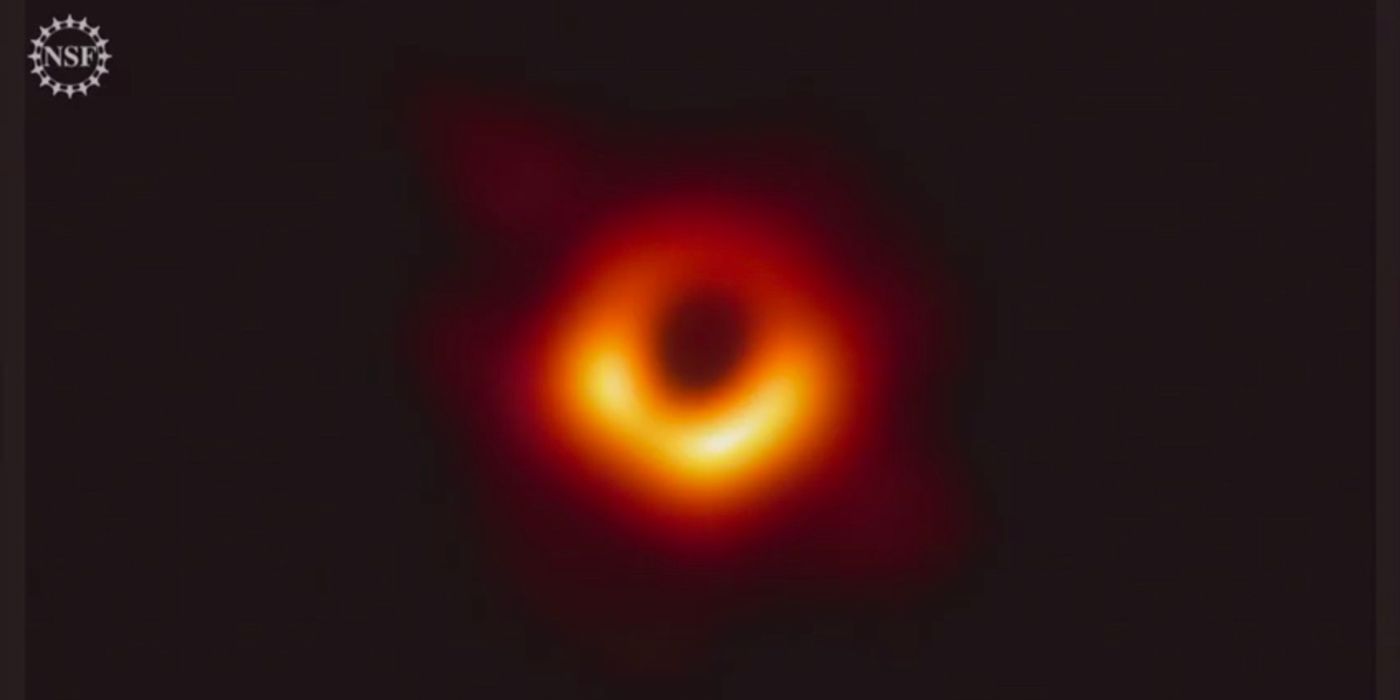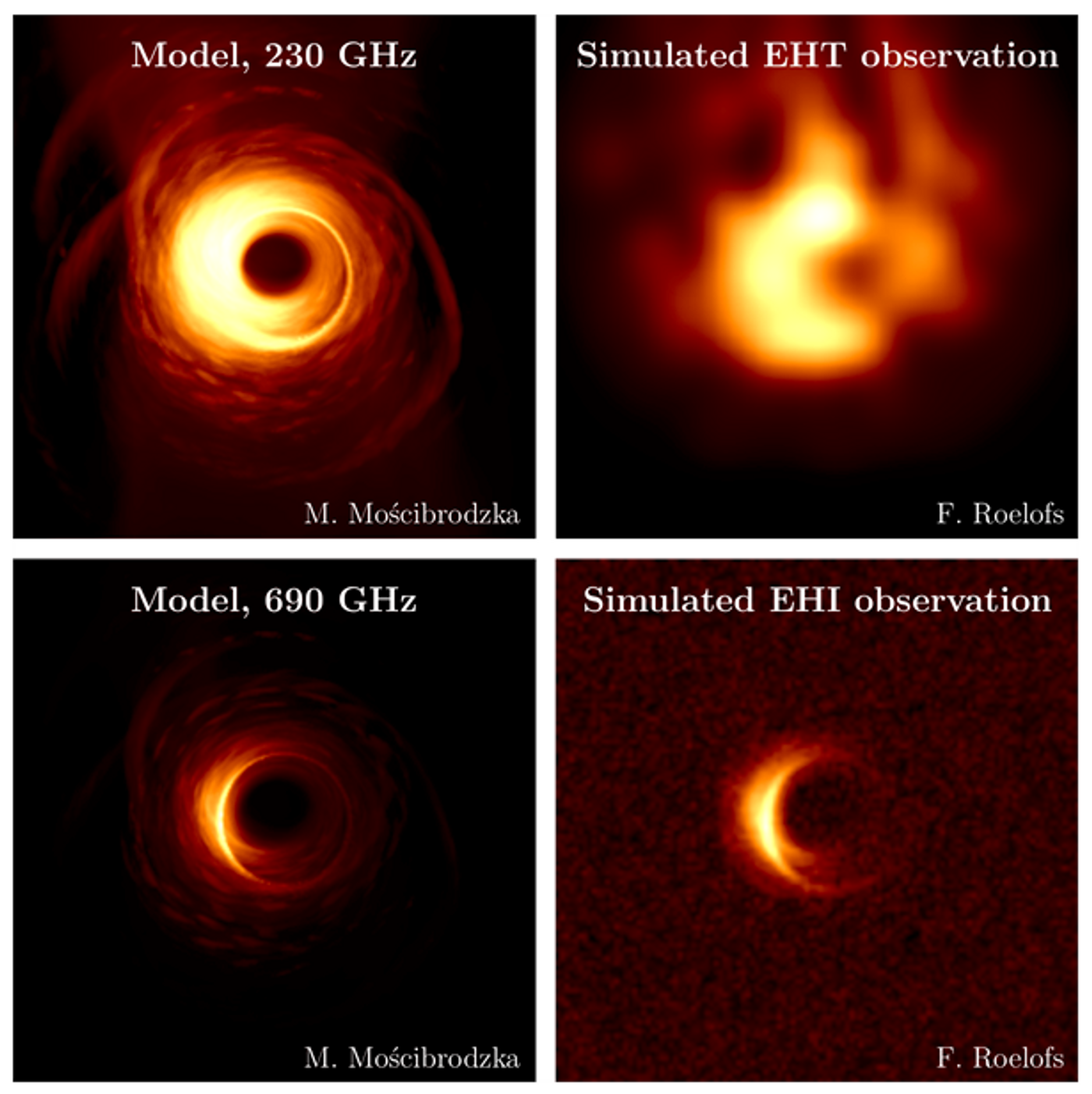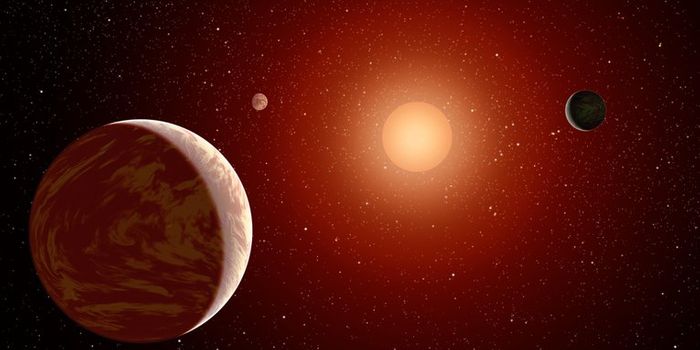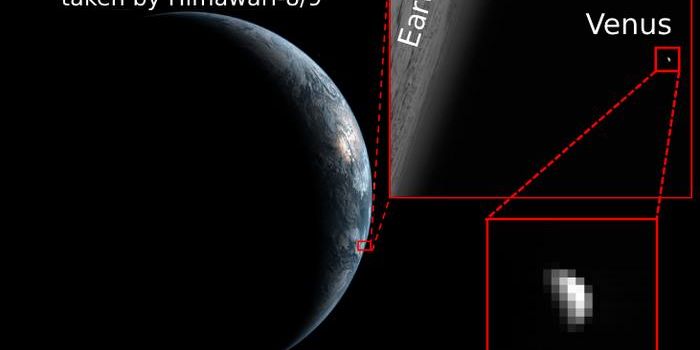Astronomers Want to Use Space-Based Telescopes to Grab Sharper Black Hole Images
It was only a month ago that astronomers unveiled the first real image of a black hole, captured with the one and only Event Horizon Telescope (EHT) – a combined network of some of the world’s largest stationary radio telescopes. But the resulting image was fuzzy and grainy, and it left a lot of wiggle room for interpretation. That said, is it possible to capture a better picture?
Image Credit: EHT Collaboration/NSF/YouTube
While it might be a challenging feat, to say the least, a team of astronomers thinks that it might be possible if we can launch several radio telescopes into orbit around the Earth. The newfangled proposal was just recently published in the journal Astronomy & Astrophysics.
"There are lots of advantages to using satellites instead of permanent radio telescopes on Earth, as with the Event Horizon Telescope (EHT)," elucidated Freek Roelofs, the lead author of the paper.
"In space, you can make observations at higher radio frequencies, because the frequencies from Earth are filtered out by the atmosphere. The distances between the telescopes in space are also larger," he said. "This allows us to take a big step forward. We would be able to take images with a resolution more than five times what is possible with the EHT."
Related: Check out what a black hole looks like after it burps gasses
According to the team, the Earth’s atmosphere is the primary handicap of stationary radio telescopes like that of the EHT. Instead, Earth-orbiting space telescopes would be free of this handicap, permitting more radio frequencies to make direct observations of distant black holes. Furthermore, these satellites could be spaced farther apart, allowing for higher resolution observations than what is possible on the Earth’s surface.
Although the EHT met and exceeded its goal of capturing and rendering the first-ever actual image of a black hole, a clearer picture, obtained with the proposed Event Horizon Imager (EHI) concept, would give scientists a chance to explore Albert Einstein’s famous Theory of General Relativity more closely. The astronomers ran computer models to discern just how much more effective their plan would be, and these were the results:
Related: This black hole has been munching on a nearby star for more than a decade
The astronomers admit that springing this plan into action would necessitate overcoming some challenges, such as implementing fine-grained control over the position and speed of those satellites, but they also note that it’s possible to do with modern technology.
The entire concept is particularly new, and astronomers have never tried anything this cut-throat before. With that in mind, astronomers are considering the possibility of taking baby steps toward their goal, starting with a so-called ‘hybrid’ system that would integrate data from both space-based and ground-based radio telescopes to discern whether such an idea would be feasible before dumping loads of research funds into it.
Either way, this looks like it could be a great way to further our research about black holes, and perhaps more importantly, to grab a clearer picture of what these incredible forces of nature actually look like. It should be interesting to see how this materializes.
Source: Radboud University Nijmegen, Astronomy & Astrophysics










